Now Reading: Future of 3D Printing in Orthotics and Prosthetics in Pakistan
-
01
Future of 3D Printing in Orthotics and Prosthetics in Pakistan
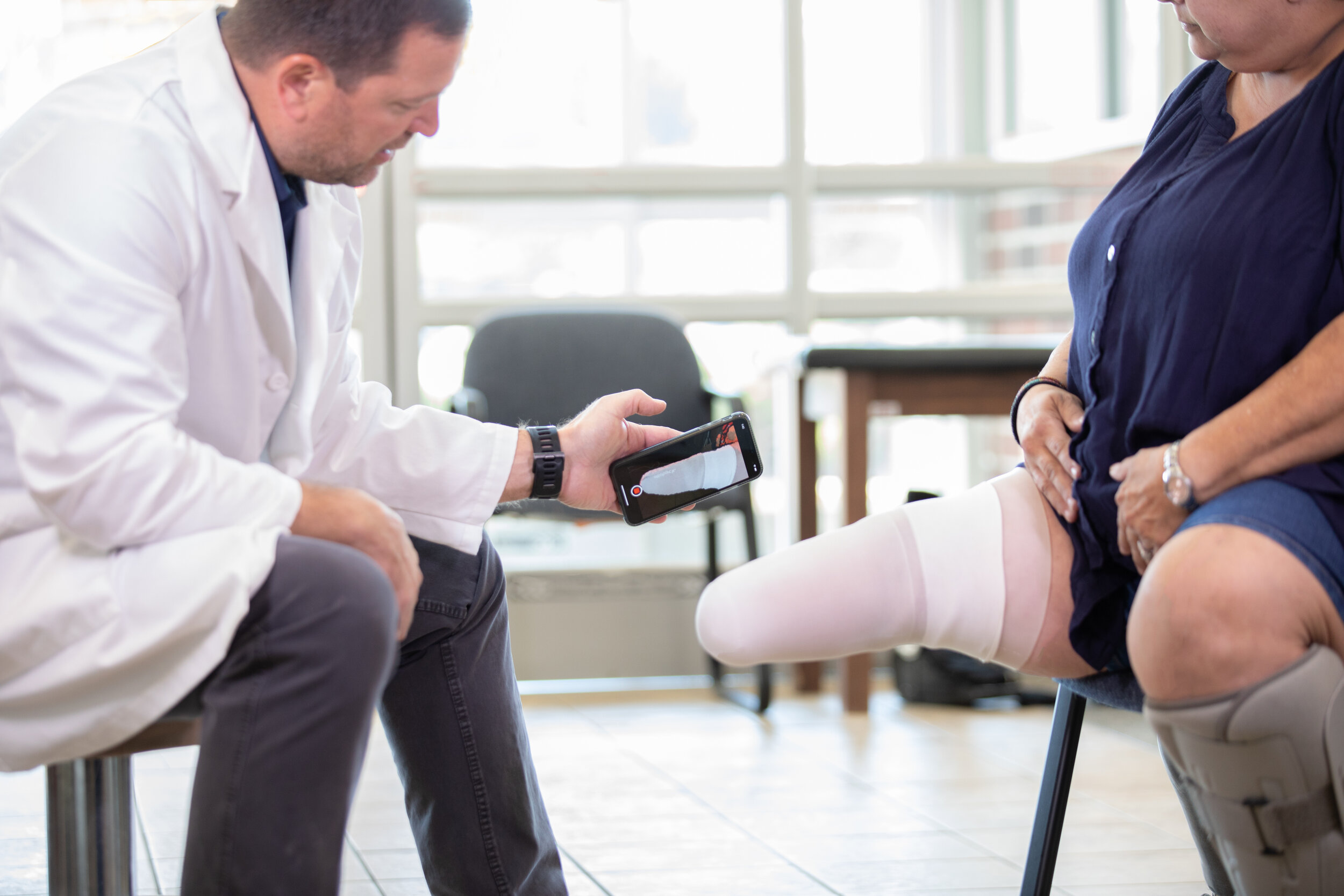
Future of 3D Printing in Orthotics and Prosthetics in Pakistan
In Pakistan, where millions navigate the challenges of limb loss, mobility impairments, or congenital conditions, the orthotics and prosthetics industry is on the cusp of a transformative leap. The advent of 3D printing technology promises to reshape how these life-changing devices are designed, produced, and delivered. From bustling urban clinics in Karachi to remote villages in Balochistan, this technology could bridge gaps in accessibility, affordability, and customization. But what does the future hold for 3D printing in Pakistan’s orthotics and prosthetics sector? This article explores the potential, challenges, and real-world implications of this innovation, grounded in facts, figures, and a human-centered perspective.
Pakistan’s healthcare system faces immense pressure to serve a population of over 240 million, many of whom require assistive devices. According to the World Health Organization, approximately 1 in 10 people globally will need an orthotic or prosthetic device at some point in their lives. In Pakistan, this translates to roughly 24 million individuals, driven by factors like diabetes (affecting 26% of adults, or about 33 million people), road accidents, and congenital conditions. The orthotics and prosthetics (O&P) market globally was valued at $6.76 billion in 2023, and Pakistan’s share, while small, is growing as demand surges.
Traditional O&P methods in Pakistan rely on labor-intensive processes: plaster casts, manual measurements, and artisan craftsmanship. These methods are time-consuming, costly, and often inaccessible outside major cities. A single prosthetic limb can cost between PKR 50,000 and PKR 200,000 (approximately $180–$720), a steep price in a country where the average monthly income hovers around PKR 50,000. For many, this means living without essential devices or relying on poorly fitted, outdated solutions that cause discomfort or injury.
Enter 3D printing, or additive manufacturing, a technology that builds objects layer by layer from digital designs. In the O&P field, it’s a game-changer. By using 3D scanners to capture precise body measurements and computer-aided design (CAD) software to craft tailored devices, 3D printing offers speed, precision, and personalization. Materials like PETG, nylon, and silicone resins enable lightweight, durable, and biocompatible devices, while lattice structures reduce weight and enhance breathability.
In Pakistan, where customization is critical due to diverse patient needs, 3D printing could democratize access. For instance, a 3D-printed ankle-foot orthosis (AFO) can be produced in under 7 hours using fused deposition modeling (FDM) machines, compared to weeks for traditional methods. Costs are also lower: a 3D-printed prosthetic socket might cost 30–50% less than a conventionally made one, potentially dropping to PKR 20,000–50,000. Organizations like the Enable Community Foundation have shown that 3D-printed prosthetic hands can be produced for as little as $50 globally, a model that could be replicated in Pakistan. Imagine a child in Peshawar receiving a custom cranial helmet for plagiocephaly or a farmer in Sindh getting a prosthetic arm tailored to their daily tasks—all within days, not months.
Despite its promise, 3D printing in Pakistan’s O&P sector faces significant hurdles. First, the upfront cost of equipment is daunting. A high-quality 3D printer suitable for medical applications can cost $10,000–$100,000, excluding scanners and CAD software. For a country with limited healthcare funding (Pakistan spends just 1.2% of GDP on health), this is a steep barrier. Training clinicians to use these technologies is another challenge. While traditional O&P artisans are skilled, transitioning to digital workflows requires expertise in 3D modeling and printing, skills not yet widely taught in Pakistan’s medical institutions.
Material limitations also pose issues. While PETG and nylon are promising, ensuring that 3D-printed sockets meet ISO 10328 standards for structural integrity is critical. Studies show that factors like infill percentage and reinforcement design affect durability, and inconsistent testing makes it hard to compare 3D-printed devices to traditional ones. In Pakistan, where patients often need robust devices for rugged terrains or heavy labor, these concerns are amplified.
Access remains a critical issue. Most 3D printing initiatives are concentrated in urban centers like Islamabad and Karachi, leaving rural areas underserved. Extending this technology to remote regions requires investment in mobile scanning units, portable printers, and reliable power sources—challenges compounded by Pakistan’s infrastructure gaps. Moreover, cultural factors, such as stigma around disability or reluctance to adopt new technologies, could slow adoption.
With 3D printing, a clinician could scan her leg, design a lightweight brace with breathable lattice structures, and print it within a day. The brace could even incorporate her favorite color or pattern, boosting her confidence to wear it at school. Such personalization fosters compliance and improves quality of life.
Globally, initiatives like e-NABLE, which has delivered over 8,000 3D-printed prosthetic hands worldwide, show how community-driven models can work. In Pakistan, similar grassroots efforts could partner with NGOs, universities, and tech startups to scale impact. For example, collaborations between PIPOS, local makerspaces, and international organizations could establish 3D printing hubs in cities like Multan or Hyderabad, serving as training and production centers.
The future of 3D printing in Pakistan’s O&P sector hinges on strategic investments and interdisciplinary collaboration. Governments and private sectors must prioritize funding for equipment and training, potentially through public-private partnerships. Universities like NUST and COMSATS could develop specialized programs in biomedical 3D printing, building a skilled workforce. International partnerships, such as with HP or Elkem Silicones, could bring advanced materials like medical-grade Silbione™ to Pakistan, enhancing device quality.
Standardizing digital workflows is also key. A 3-step model—scan, model, print—could replace plaster-based methods, as seen in global leaders like Bionic Prosthetics and Orthotics. In Pakistan, this could mean equipping clinics with affordable tools like iPhone-based scanners or Structure Sensor Scanners, which cost as little as $400. Scaling to rural areas might involve mobile units, similar to telemedicine vans, bringing 3D scanning and printing to underserved communities.
Critically, the human element must remain central. As experts note, no technology can replace the empathy and expertise of clinicians. In Pakistan, where trust in healthcare providers is vital, integrating 3D printing must enhance, not replace, the clinician-patient relationship. Patients like Ayesha need devices that not only fit their bodies but also their lives, cultures, and aspirations.
The future of 3D printing in Pakistan’s orthotics and prosthetics industry is bright but not without challenges. By slashing costs, speeding up production, and enabling unprecedented customization, this technology could transform millions of lives. Yet, success depends on overcoming financial, technical, and cultural barriers through collaboration and innovation. As Pakistan stands at this technological crossroads, the question is not whether 3D printing will shape the future of O&P, but how swiftly and equitably it can do so. For countless Pakistanis awaiting better mobility and independence, the answer can’t come soon enough.
Resources
- World Health Organization: Assistive Technology
- Canadian Prosthetics & Orthotics Journal: Exploring the Future of Prosthetics and Orthotics
- Medical Device Network: Why 3D Printing is the Future of Patient-Specific Prosthetics
- TechMed 3D: The Evolution of 3D Printing in Orthotics and Prosthetics
- AMFG: Is Additive Manufacturing the Future of Orthotics and Prosthetics Production?


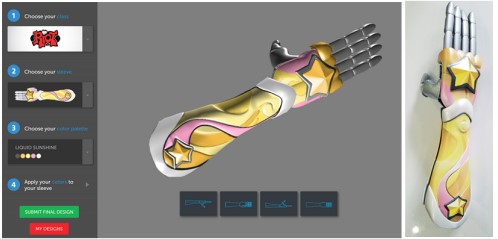
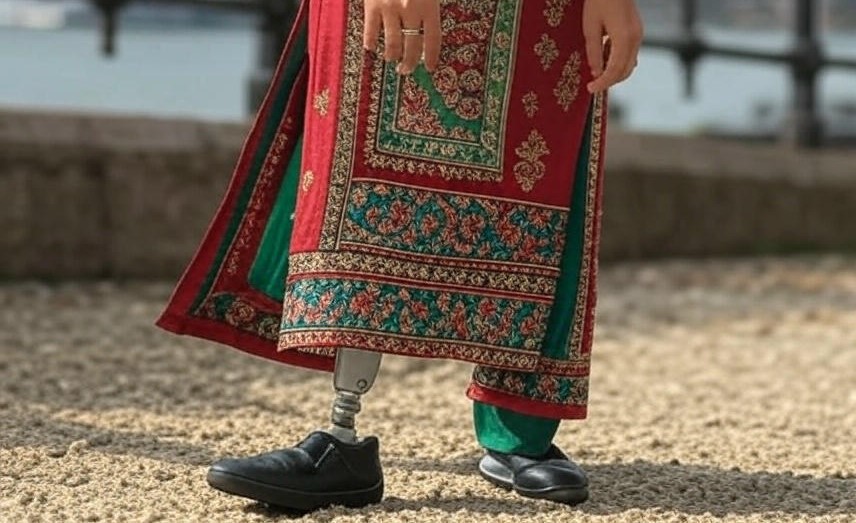








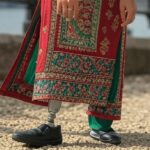
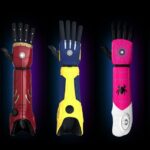
Muhammad aftab
Yeah it’s difficult,not impossible
I hope one we’ll fit 3d design devices and limb to our pt and I am passionate for it
Inshallah oandp will.rise